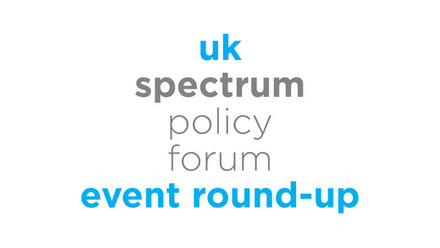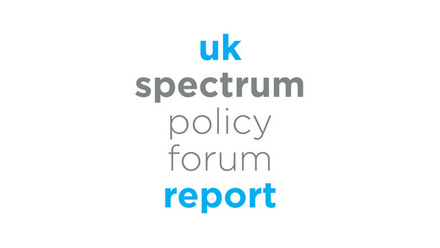UK SPF Cluster 1 Event Round-Up: Future of Indoor Connectivity
The UK Spectrum Policy Forum’s recent Cluster 1 event brought together industry experts, policymakers, and technology leaders to explore the evolving landscape of indoor connectivity.
As digital demand continues to surge, particularly within enclosed environments like offices, stadiums, and public venues, the conversation focused on how spectrum policy, infrastructure innovation, and collaborative models can bridge the indoor connectivity gap.
Unlocking Indoor Connectivity
A central theme was the recognition that spectrum alone isn’t enough—it must be paired with the right infrastructure and deployment strategies. Local authorities were identified as key stakeholders—not only as customers of connectivity solutions but also as facilitators of deployment. Their involvement is crucial in shaping planning policies and enabling access to public buildings for infrastructure rollout.
Regardin spectrum access, the Shared Access Licence framework in the 3.8-4.2 GHz band has been updated to allow boroadcasting public network indoors. The neutral host model—where a single infrastructure supports multiple mobile network operators (MNOs)—was seen as a viable solution, especially for smaller venues that cannot afford individual operator deployments.
The use of multiple Wi-Fi access points within premises, facilitated by commercially available Fibre-to-the-Room (FTTR) technologies, was highlighted as an effective approach for meeting demand for Wi-Fi coverage and speed in the short to medium term. This can be complemented in the longer term (2030 and beyond) by Wi-Fi in the 42-71 GHz range through the IEEE 802.11bq standard which is currently being developed.
However, technical and economic questions remain: Who owns the RAN? How is the network monetized? How do we ensure handset compatibility?
The Future of Enterprise Networks
Enterprise environments—from hospitals and universities to logistics hubs and office buildings—have diverse and complex connectivity needs. While Wi-Fi remains dominant indoors (handling 90% of data traffic), cellular solutions are increasingly being explored for mobility and mission-critical applications.
The convergence of private 5G and Wi-Fi is emerging as a key trend, with AI-driven network management expected to play a pivotal role in optimizing performance and user experience.
Indoor coverage remains a persistent challenge, particularly for cellular networks. Issues such as handover between cells, co-channel interference, and limited channel width in dense urban areas complicate deployment. Densification helps, but only up to a point—more spectrum is ultimately needed to meet growing demand.
While some argue that outdoor base stations can no longer reliably serve indoor users, others believe this approach still has merit—especially when paired with smart deployment strategies. However, the lack of a viable business model and regulatory clarity in Europe has slowed adoption.
Conclusion
The discussion concluded with a call to rethink spectrum allocation, particularly in the sub-700 MHz bands, which could significantly enhance indoor penetration. These lower frequencies are especially valuable in rural areas and for buildings without dedicated indoor solutions.
The event underscored that indoor connectivity is not a one-size-fits-all challenge. It requires a blend of spectrum innovation, infrastructure investment, and collaborative business models. As the demand for seamless, high-quality indoor connectivity grows, the industry must continue to innovate—balancing technical feasibility with economic viability.
Slides
Contact us

Tales Gaspar
Tales has a background in law and economics, with previous experience in the regulation of new technologies and infrastructure.

Sophie Greaves
Sophie Greaves is Associate Director for Digital Infrastructure at techUK, overseeing the Communications Infrastructure and Services Programme at techUK, and the UK Spectrum Policy Forum.





